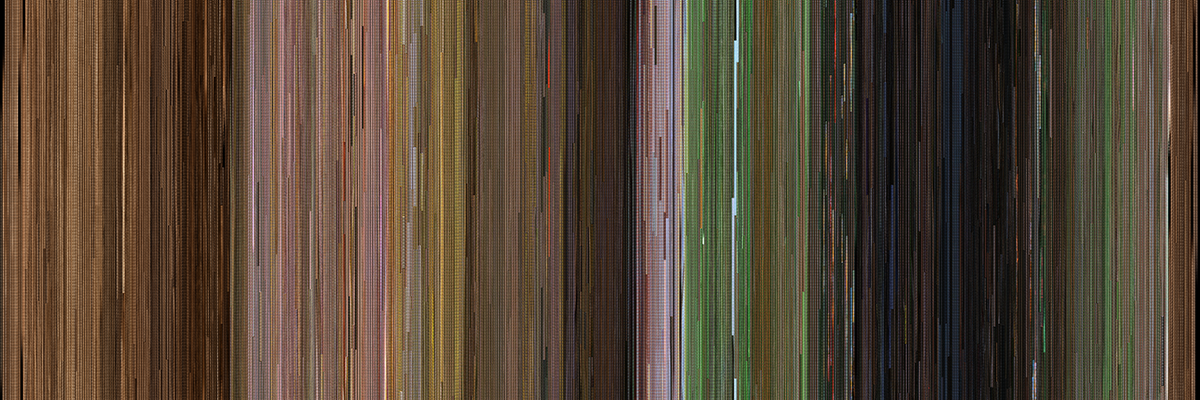
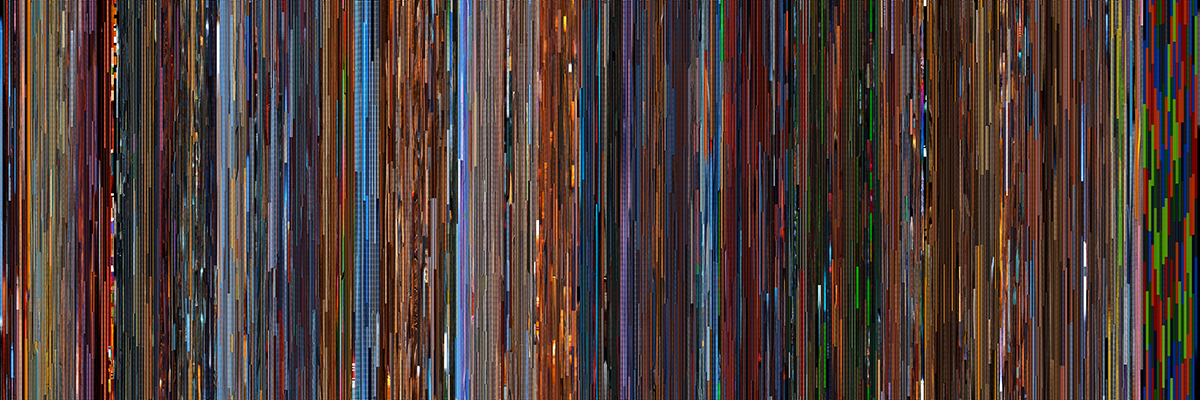
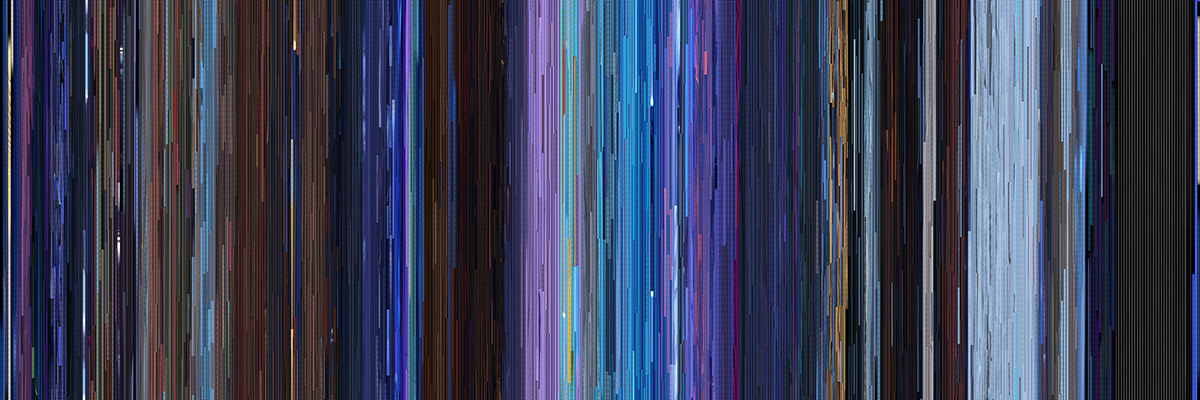

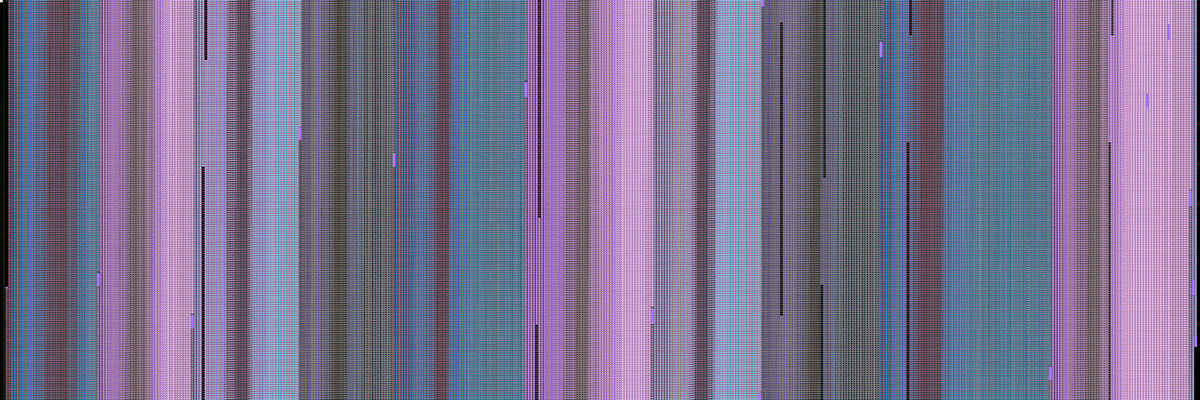
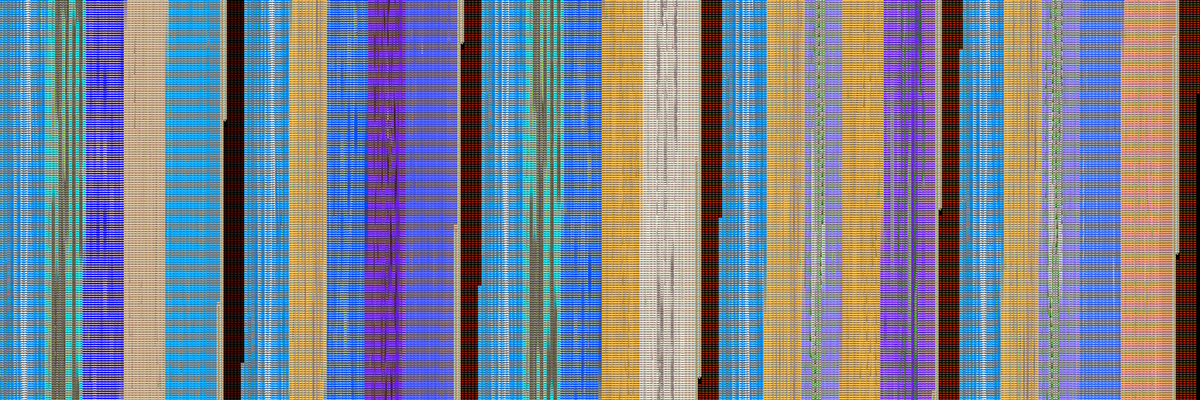
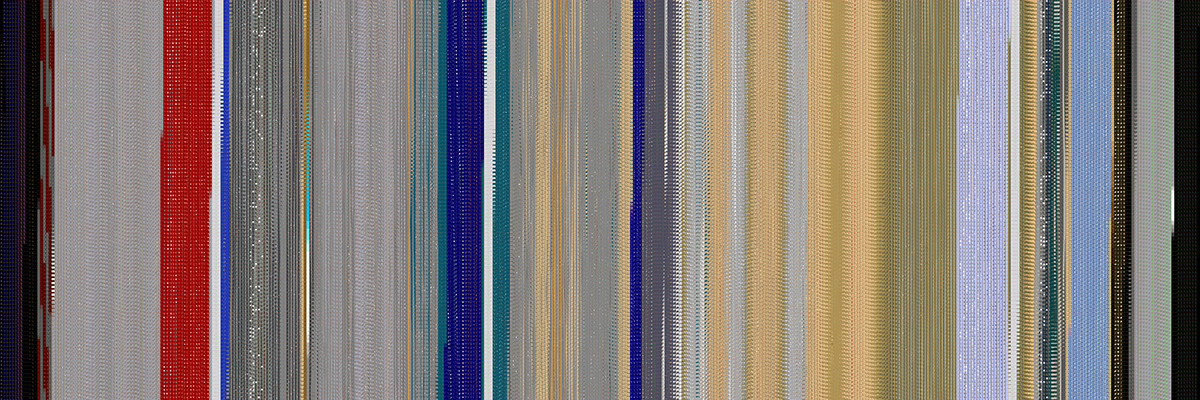
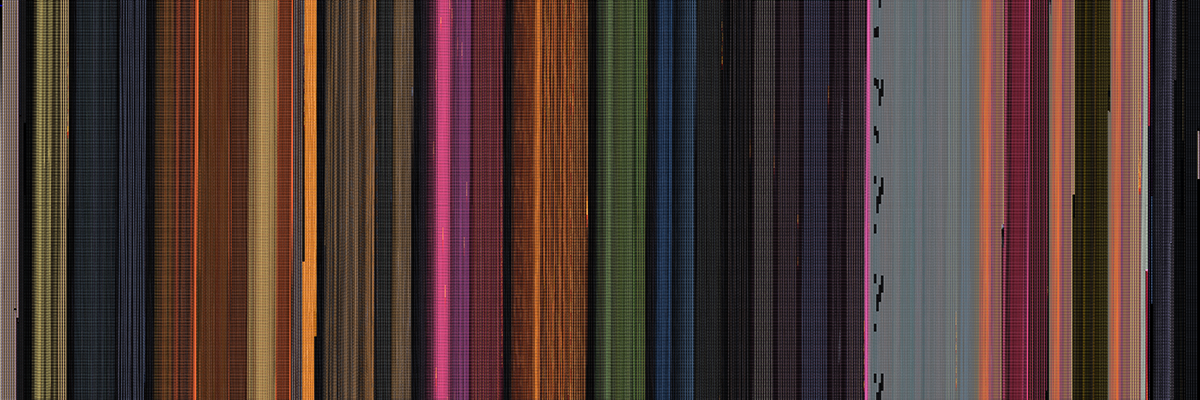
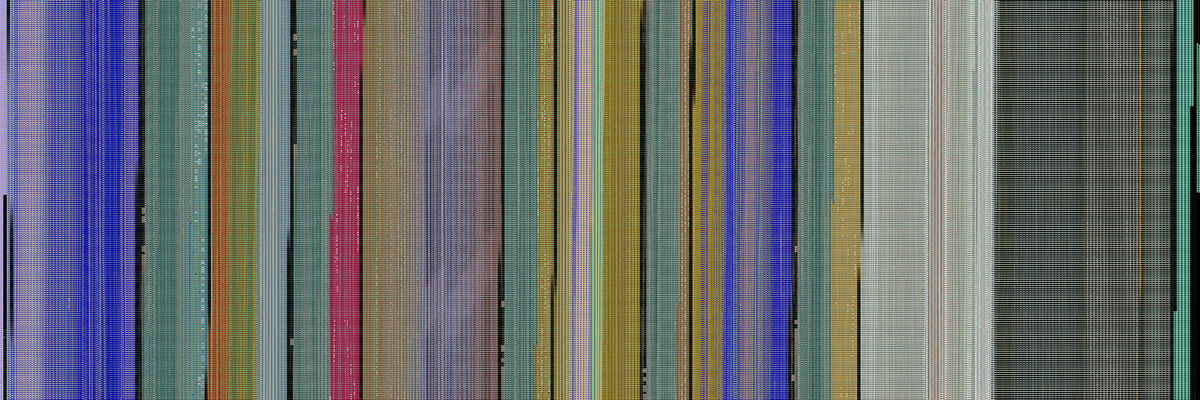
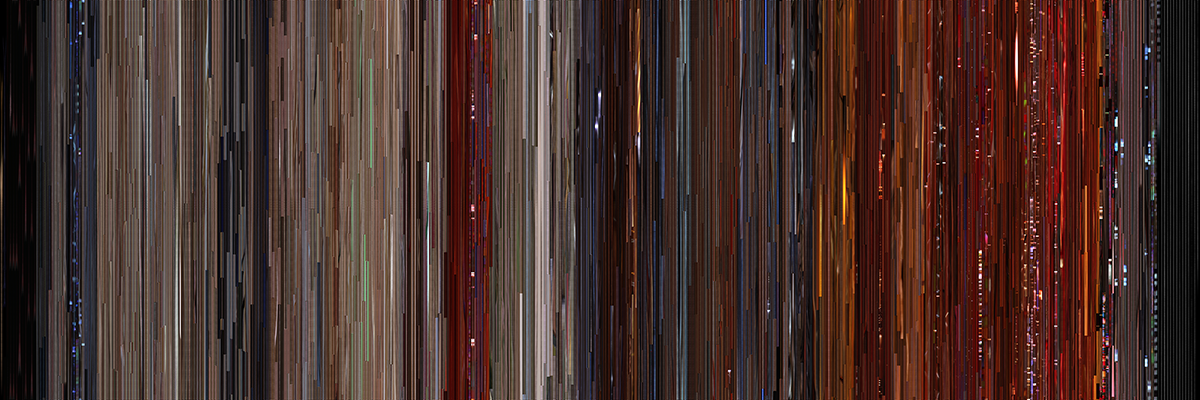
In scientific inquires, like the field of biology, a fixation is a specimen whose motion is arrested and is mounted and displayed to be examined, studied, or admired. For example, a butterfly that is captured, gassed, and pinned in a frame or a bacteria that has been collected, stained, and mounted on a microscope slide are both fixations. In this database you will find films, music videos, art cinema, animations, and video games, that have had their motion arrested and fixated into panoptic ('to see all') images.
The images are formed by stacking every frame of a video file into vertical columns, creating a colored timeline, reading left to right. The variety of visual patterns make each fixation a unique fingerprint of the film, and the color patterns and light rhythms are both visually appealing and deeply informative. Each image is displayed in a rectangle with a ratio of three to one, mimicking the shape of a microscope slide. All image sizes are standardized regardless of the length of the film, allowing for cross-genre and cross-media comparisons.
Bands of color and speckles of light explode in science fiction films, music videos, and video games, revealing the underlying structures of time-based media. Story arcs, song structure, and level design share surprisingly similar color trends, visual pacing, light rhythms, and climax indicators. We find many sci-fi and horror films that use red to signify danger — some whose red stripes nearly perfectly align at the 3/4 mark.
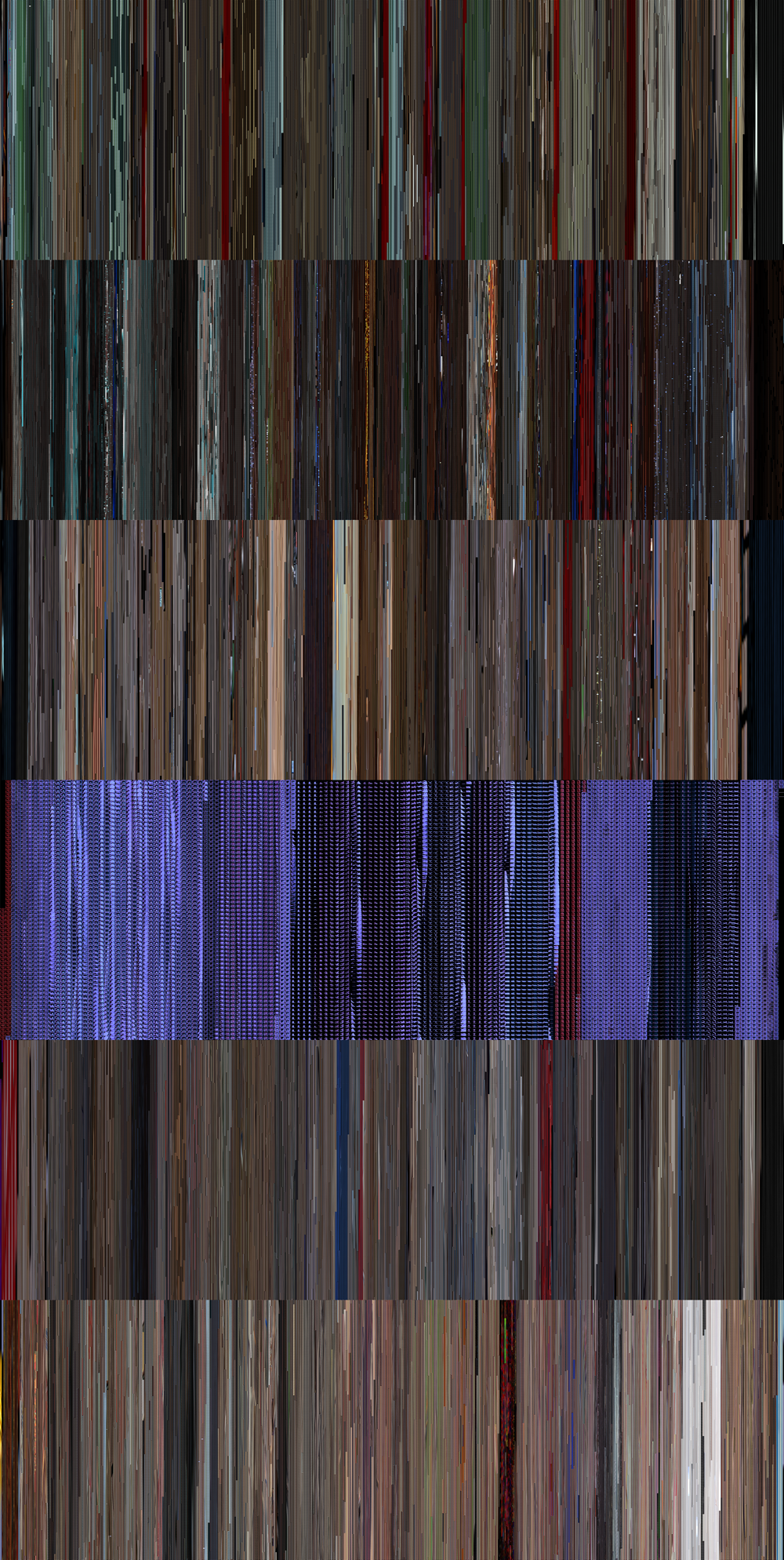
Comparisons across media types, produces surprising discoveries. Mad Max: Fury Road displays a striking resemblance to Wake Me Up by Wham — both using the color blue to delineate bridges to the climax.
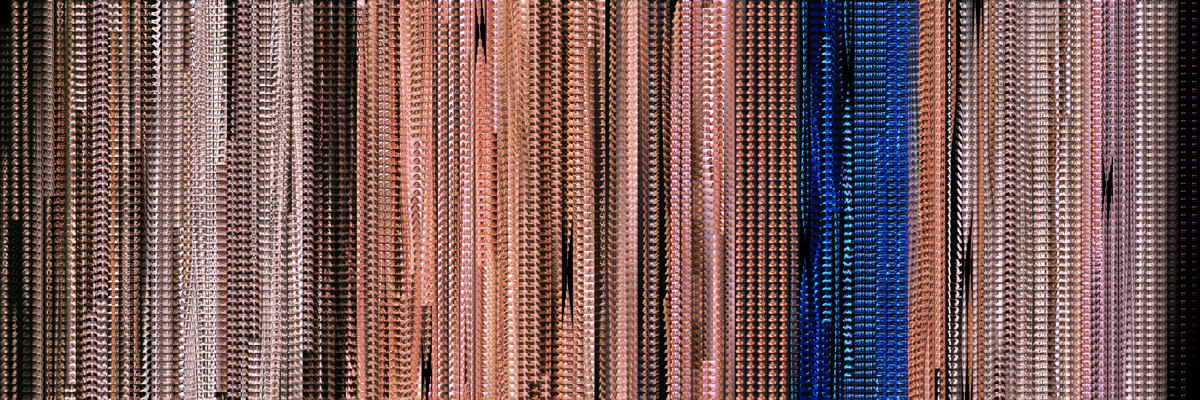

This website showcases a scrollable sampling of the larger database housed at the WVU Libraries Research Repository, which contains about 7,000 images. All images on this site (except 1980's music videos) are hyperlinked to the repository, just click on one to view and download the full size image. The full database, yet to be uploaded to the repository, contains over 15,000 more fixations, and includes the dawning decade of music videos, vintage and modern cartoons, video art, celebrity auditions, Bollywood musicals, and classic television.
Managing the database takes a lot of time, and I am always looking for volunteers to assist with the monumental task of researching and fixating every piece of time-based media that I can. I am also looking for writers and researchers who are interested in using the database to broaden our knowledge of the structure of time-based media.
Jeffrey Steven Moser
jsmoser@mix.wvu.edu

Wizard of Oz (1939)
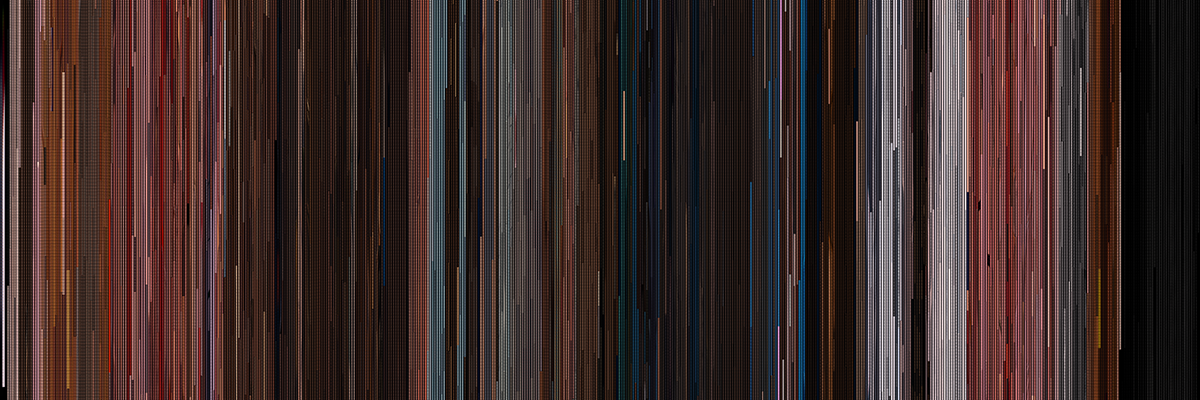
Grand Budapest Hotel (2014)

Lego Movie (2014)

Frozen (2013)
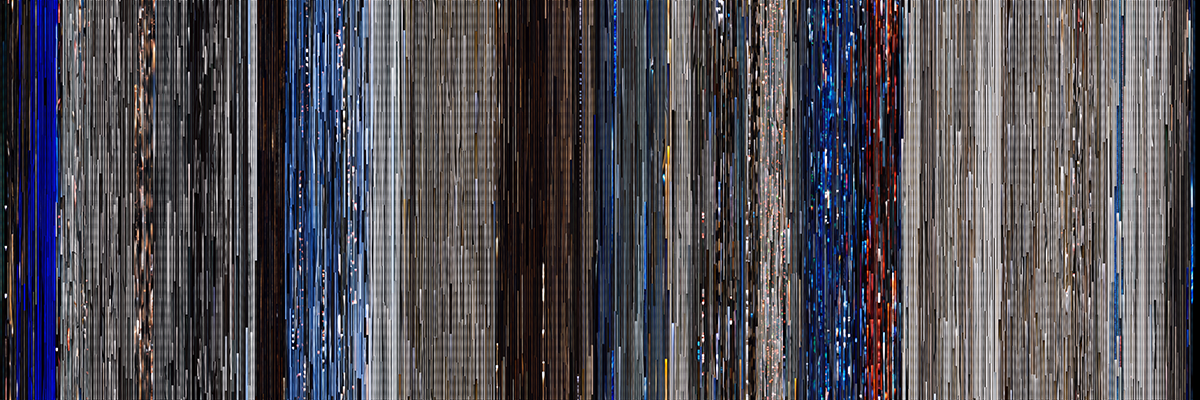
Solo A Star Wars Story (2018)
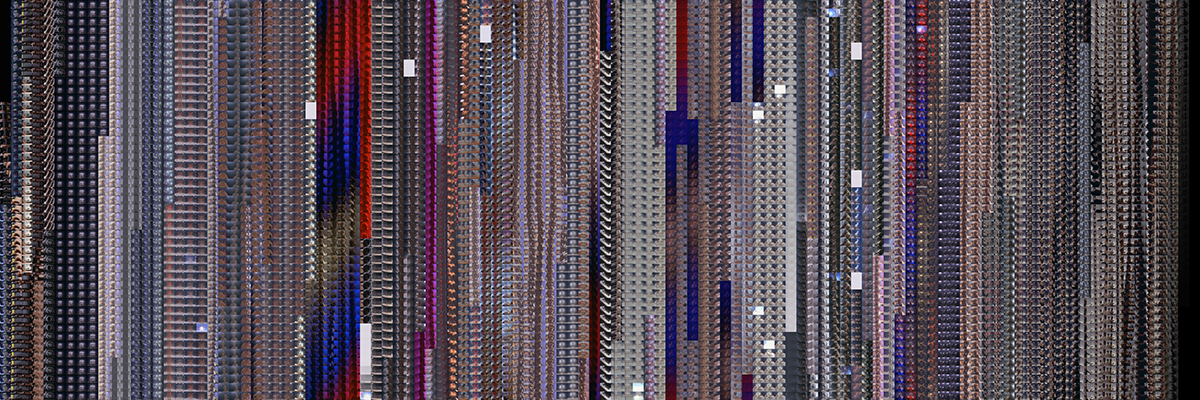
Duran_Duran - Girls On Film (1981)
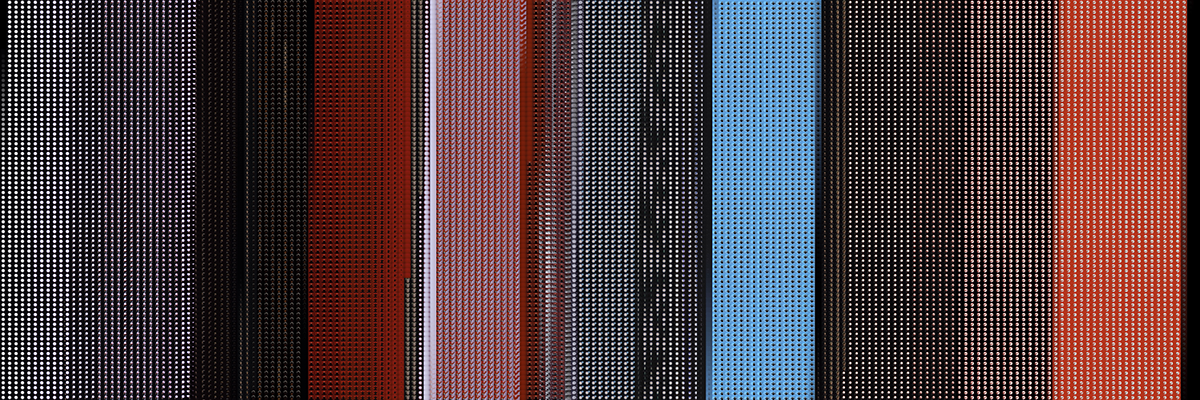
Laurie_Anderson - Oh Superman [Official Music Video (1981)
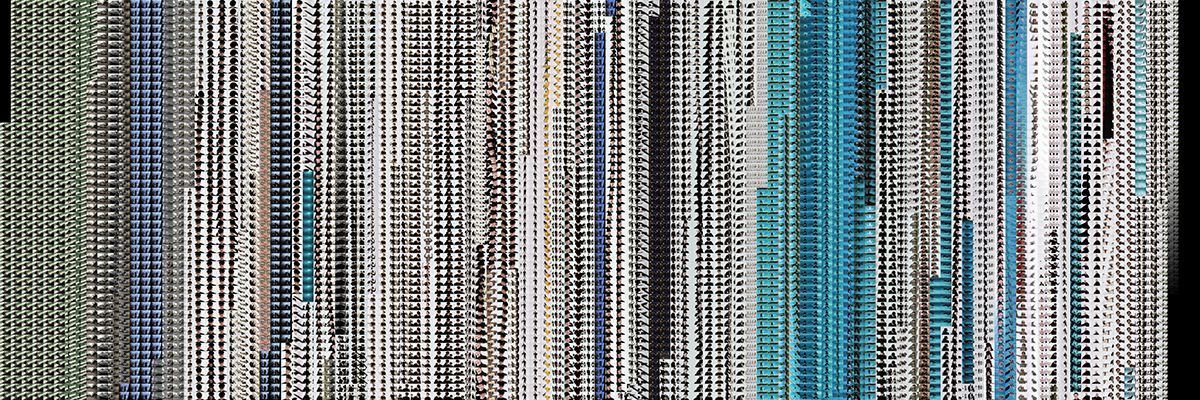
Madness - It Must Be Love (1981)
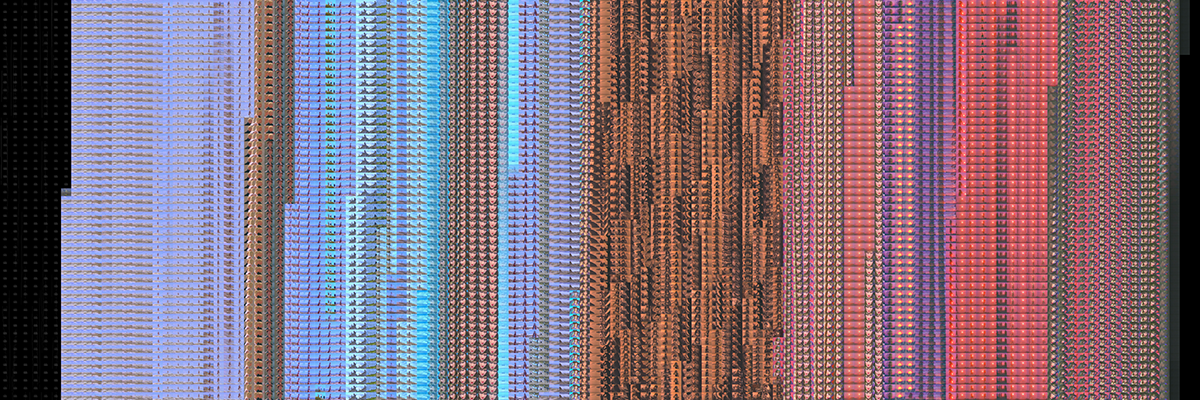
Siouxsie_and_the_Banshees - Arabian Knights (1981)
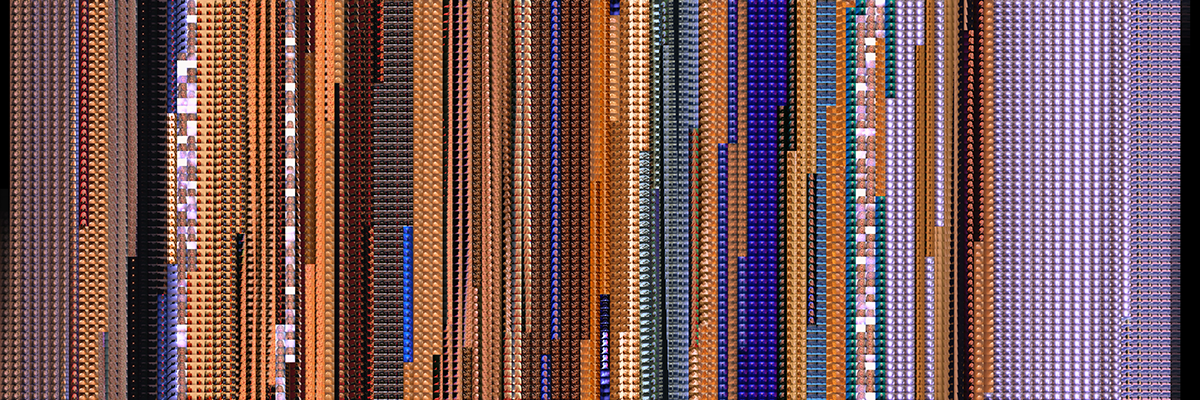
Stevie_Nicks - Rooms On Fire (1981)
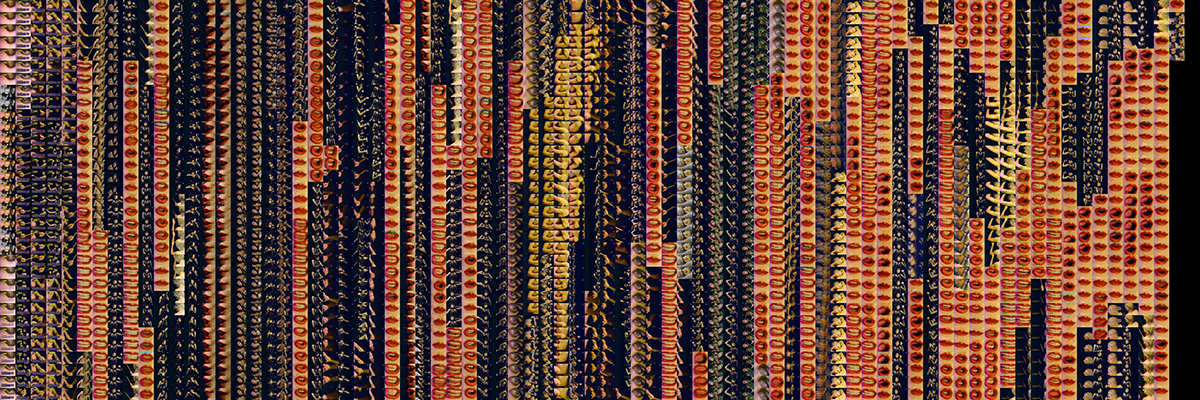
The_Creatures - Mad Eyed Screamer (1981)

Prehistoric Isle in 1930 (1989)

Master of Weapon (1989)
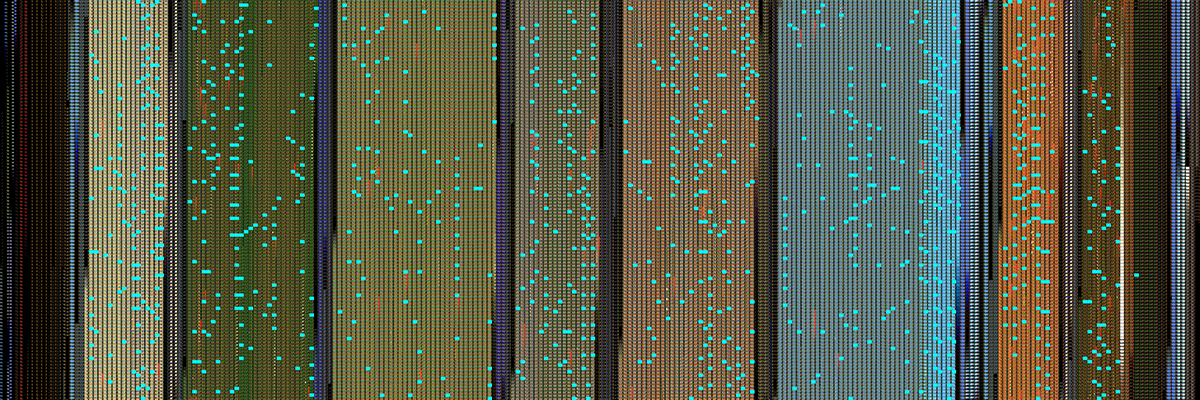
Operation Wolf (1987)
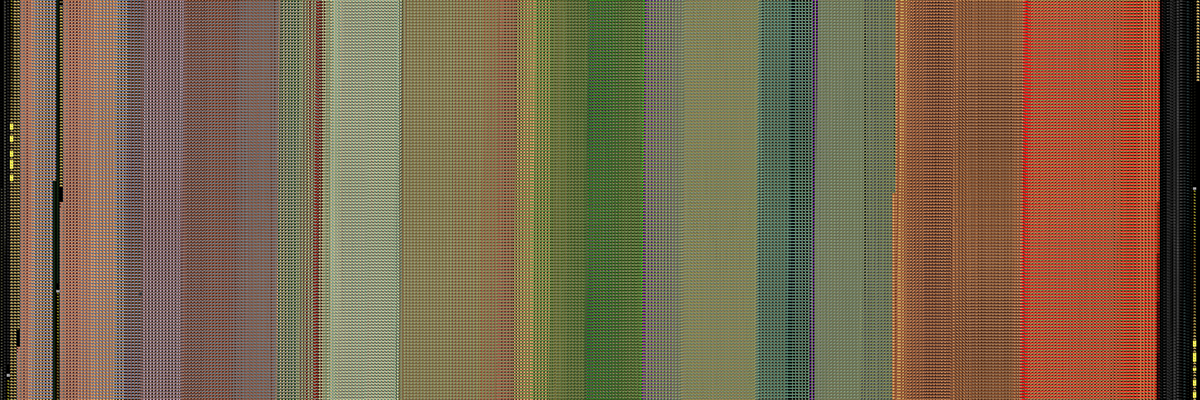
Double Dragon (1987)
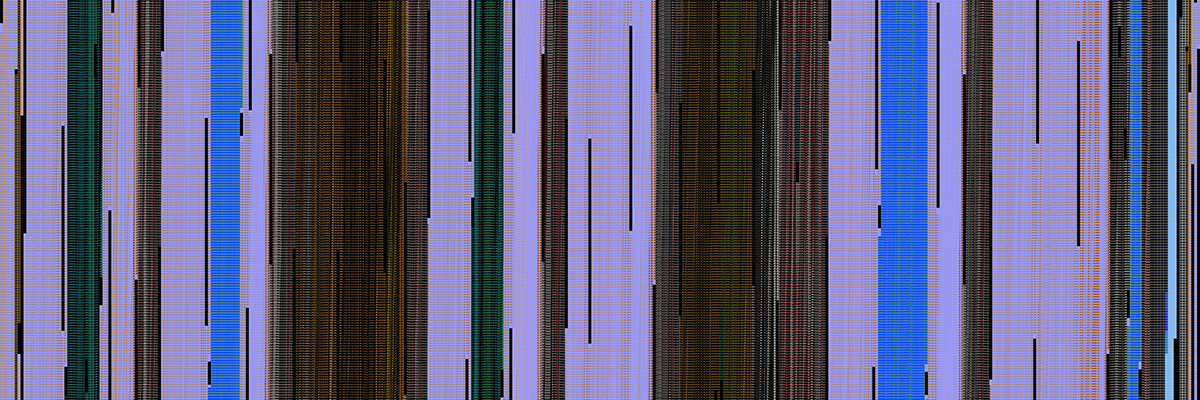
VS. Super Mario Bros. (1986)
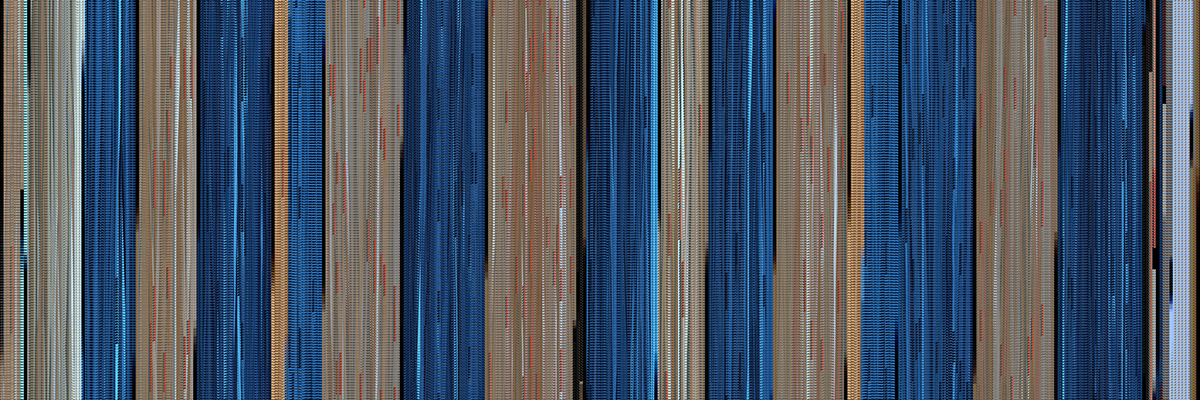
Empire City 1931 (1986)

Elevator Action (1983)